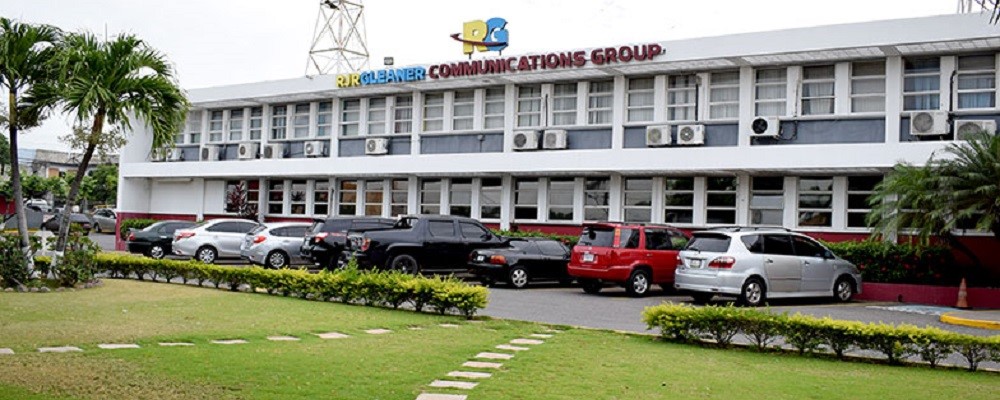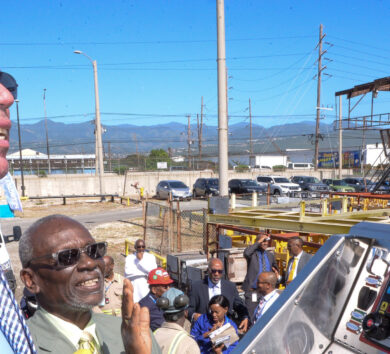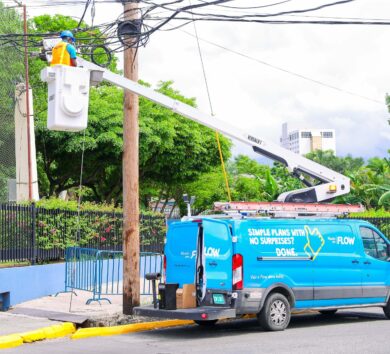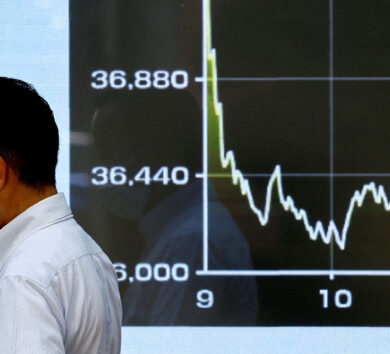

The RJRGleaner Communications Group will be consolidating its print, radio and audiovisual operations as part of a restructuring to realise cost-savings.
Managing Director Anthony Smith told shareholders at the Wednesday, October 23, annual general meeting that one of the strategic objectives of the multimedia entity is the reduction of silos and to operate as a singular unit.
“So, generally speaking, we want to move away from being two companies with a single owner to really operating as one company,” he said, explaining that there are benefits such as cost savings and synergies to be gained.
“We want to increasingly move the culture away from us and them to a more family-integrated culture… not that we’re totally in silos, but having less silos and working closer together and being agile and being high-performing teams,” Smith continued.

The RJRGleaner Communications Group is the product of the merger between the RJR Communications Group and The Gleaner Company (Media) Limited in 2016, following an announcement and approval of shareholders of both companies in the year prior. The companies have maintained separate operations since then.
While noting that the group is not a building, but rather its people, Smith said the RJRGleaner Communications must have a common expectation of employees irrespective of whether they work in print, radio or television. This common expectation is critical to building a corporate culture.
“So we’re starting with how we work together. That’s one important thing,” he said.
By breaking down the barriers between the various media subsidiaries, the group expects that will help to build cohesion and collaboration overall, as well as reduce costs and complexity within the group.
“We’re looking at the corporate structure, for example. Right now, within the group, there are about 13 legal entities, which contributes to complexity. We’re moving to a scheme of arrangement to get that down to three. The aim is to have three legal entities within the group,” the managing directed outlined.
In addition, there are two pension schemes within the group and Smith pointed out that management is in the process of winding one pension scheme while offering contributors the option of joining the other.
“The third that I’ll mention is we’re moving to a flatter structure, a more agile structure, in line with the target operating model. That also will result in reduced cost and increased agility,” Smith told shareholders, explaining that it’s another step to reduce both cost and complexity.
On the other, hand the company is moving to increase income streams through third-party leasing.
“Right now, at the Gleaner building, we have moved everybody from the third floor to the fifth floor, leaving that entire floor empty, with the intention of leasing the floor… to earn additional revenue,” Smith disclosed.

“We’ll also move persons, consolidate even further, to release another floor. So if you’re in business for office space, you can talk to me afterward,” he continued.
The group’s efforts to contain costs follows a year of waning advertisement revenue and post-COVID inflation.
“Post-COVID, though, what we have seen is that from a media perspective, we have seen a change in the appetite of the advertising customer. That is also going to be reflected in our performance as well,” Chief Financial Officer Karla Stephens-Hall explained in her presentation.
This, she said, contributed the $529 million loss suffered in financial year (FY) 2023/24, compared to net profit of $250 million in the previous year.
Revenue for FY2023/24 grew only one per cent. Whereas the TV and radio segments saw improvements in advertising income, this was offset from decline in revenues from the print segment.
“So what has affected our revenues? What have we seen? Advertisers have not come back to pre-COVID spending. We would love that, but that is not the case. The world has evolved, things are changing, their appetite is changing, and there’s also been a shift towards digital media,” she explained.






Comments